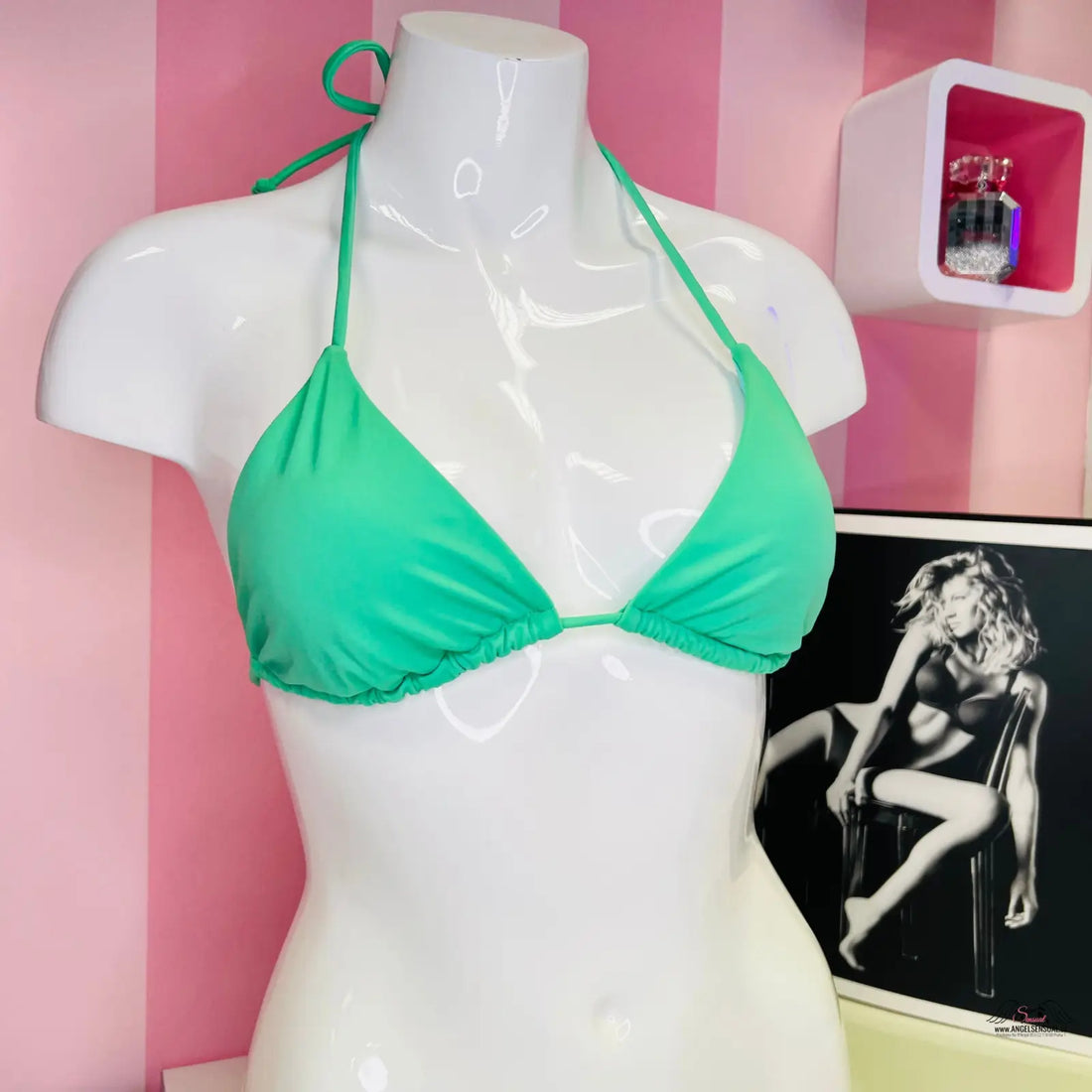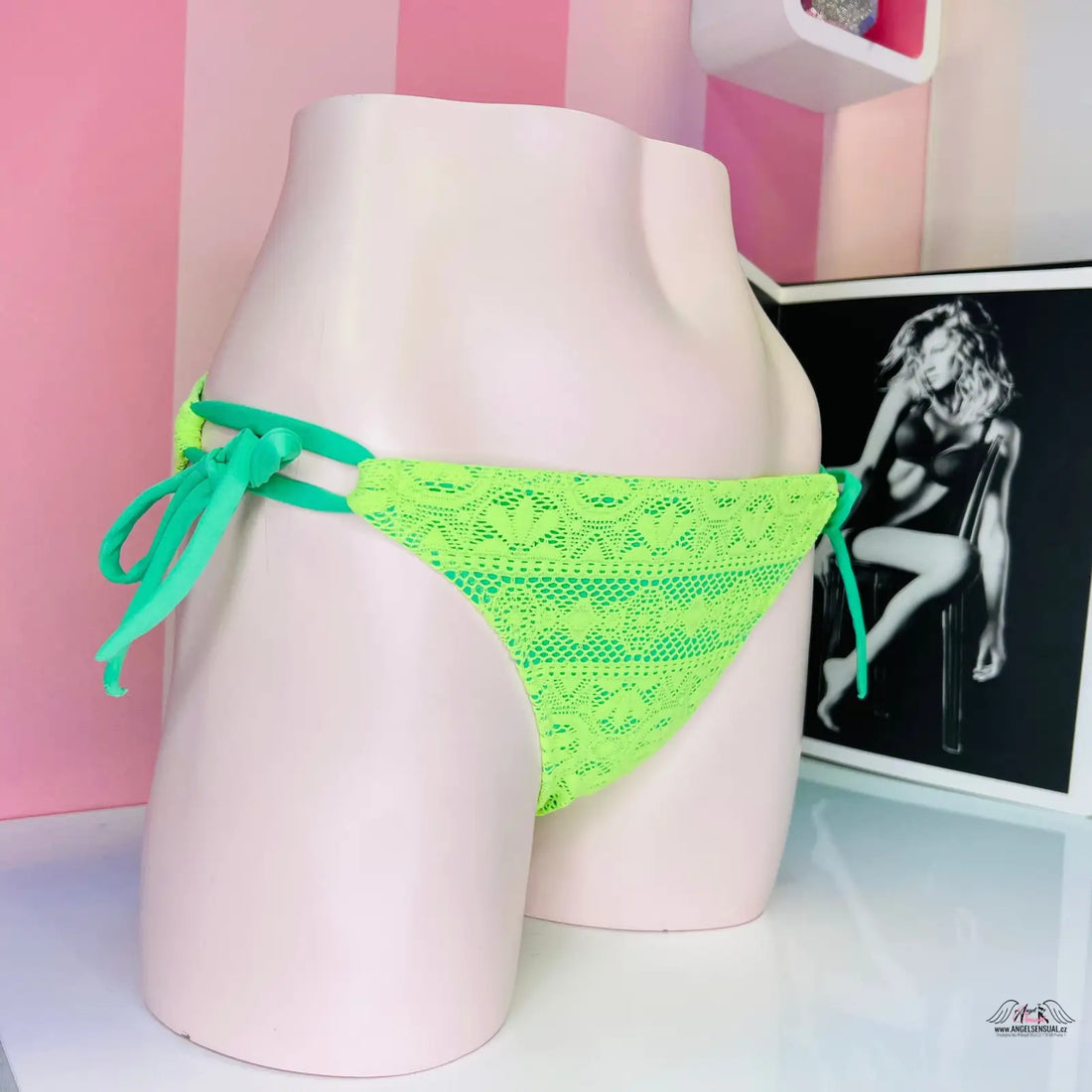Underwear has been an integral part of history since time immemorial. Since ancient times, it has developed not only as a practical garment, but also as a symbol of femininity, elegance and an expression of individuality. Looking back, it is possible to follow the fascinating evolution of underwear and its transformation to today's iconic brands such as Victoria's Secret and Agent provocateur.
The history of underwear goes back to ancient times, when the ancient Romans and Egyptians wore similar pieces of fabric as bras and panties. The evolution of underwear continued through the Middle Ages, when both sexes wore different versions of practical underwear. Over time, however, cuts and materials began to change and adapt to fashion trends and technological progress.
During the Renaissance and Baroque periods, underwear became increasingly sophisticated. Corsets began to play an important role in shaping the female figure, and petticoats began to gain volume. The 19th century brought new materials such as lace and silk that allowed manufacturers to create even more luxurious undergarments.
The twentieth century was a period of fundamental change in the world of underwear. After the First World War, cuts were simplified, which resulted in the bra as we know it today. During the second half of the twentieth century, iconic brands such as Victoria's Secret and Agent provocateur began to emerge, defining a new standard of elegance and seduction.
Today's underwear combines aesthetics with functionality. Modern technology and materials make it possible to create comfortable, yet elegant pieces that meet the needs of everyday wear. Brands like Agent provocateur stand out for their innovation and ability to combine luxury with practicality.
The future of underwear is likely to move towards further development of technology and materials to provide even better products for customers. Trends such as sustainability and ethical production are becoming increasingly important and are likely to influence the future of underwear as well. In addition, personalization and smart textiles may further revolutionize the industry.



















